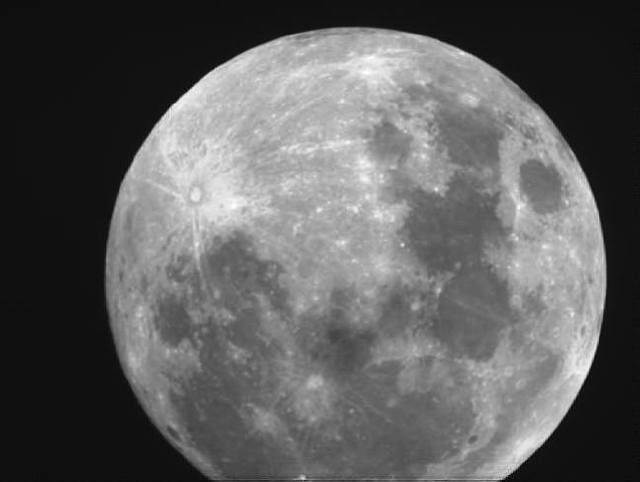Last updated: 21 October 2005
|
Last updated: 21 October 2005 |
Subject: Just got the new ETX80_AT Sent: Monday, October 17, 2005 06:47:59 From: Hancock, Monte (Monte.Hancock@Essexcorp.com) When I saw the ads for the new ETX80AT earlier this month, I just had to have one. Given that you can easily pay $300 for a high-quality eyepiece, $280 for a complete, easy-to-use GOTO system seemed like a great deal. My Meade ETX-80AT (3.15" refractor) arrived this past week. I put it together in about 20 minutes (real easy), and watched the instructional DVD that came with it (terrific, also available online; 26 minutes long). I took the scope outside and calibrated the drive on a terrestrial target (according to the video, this increases pointing accuracy). All very easy. The hand control is sturdy and easy to use. There are no numeric buttons, so everything is done using scroll buttons. There are many well-chosen top level menus, so none of the scroll searches is overly deep. The user interface is very intuitive, and the adjustable display is bright and clear. The whole thing is powered by 6 AA batteries which go in the base. This is supposed to provide about 20 hours of service. I've put about 4 hours on them so far, and have noticed no degradation yet. Last night I had the scope out for 2.5 hours. The sky was clear, but since I was in town, there was quite a bit of ambient light. I was able to visually see M13 (globular cluster in Hercules) and M31 (Adromeda Galaxy), but the light pollution in town was too much to get clear photographs of these. I could barely make out the M20 nebulosity (Trifid), but once again could not image. I've had this same problem even with my 10 inch scope: without filters (I don't have any), you just can't image these objects in town. I took a couple of shots of Mars, which is favorably positioned right now. Using just the open scope and CCD imager (no eyepiece) I could clearly see the red disc, but no surface features (typical in a small aperture). The two eyepieces supplied with the scope are high quality (Plossl), and give clear, crisp images with no discernable chromatic aberration. The scope has a standard 1.25" eyepiece receptacle, so I can use the eyepieces of my other scopes in it. The scope has only a fine focus, so many turns are required when changing eyepieces I actually found this to be a plus, since it makes fine adjustments easy (very helpful when using a CCD camera with a slow refresh rate). Alignment is much easier than in larger scopes, and takes only a few minutes. Tracking was just as solid as in my Celestron 10" it easily held centered objects in the field of view for many minutes The GOTO function worked tremendously well, regularly putting objects near the center of the field of view at low power. The GOTO has a "spiral search" mode: if the object isn't in the field of view, the drive will spiral out slowly from the center; you stop it when the object is seen. I used this a couple of times and really like it. Slew rates on the hand control are selectable with a single button from very slow to very fast. The drive has several built in "guided tours" where you align the scope and it then slews in order to the "best" objects visible at your time and location. I haven't tried this, but did look through last night's menu good selection of objects. The scope has a built in flip mirror so you can view "straight through" or in the common 90 degree mode. It also has a built in Barlow: just turn a little knob on the side and the power of your objective is roughly doubled. No fumbling in the dark with a bulky second eyepiece. There is a paper azimuthal graduated ring around the base; this is loose and tends to fall off. It doesn't appear to me to serve any purpose, so I'll probably remove it. The scope has both declination and azimuth lock knobs which are easy to use. There is an accessory tray which attaches to the lightweight but adequate adjustable height aluminum tripod. I would have preferred it be a little closer to the scope (it's kind of low) given the length of the hand set cord. The scope comes with a little device which is a combination compass and level; it has a 1.25 form factor, so you fit it into the eyepiece holder to roughly true the scope to level North. I thought this was pretty clever. The whole thing weighs about 10 pounds; I can pick it up with one hand, carry it outside, and be set up quickly. All in all, a great scope at a great price. It should be easy enough for my 12 year-old daughter to use. To "prove the pudding", I took the attached photo of the nearly-full waxing Moon with the Meade Deep Sky Imager CCD. Pretty nice shot (155 stacked mono-images at 0.1 milliseconds per image). I'm glad I bought this scope; I'd do it again.
Return to the top of this page.
Go back to the User Observations page.
Go back to my ETX Home Page.